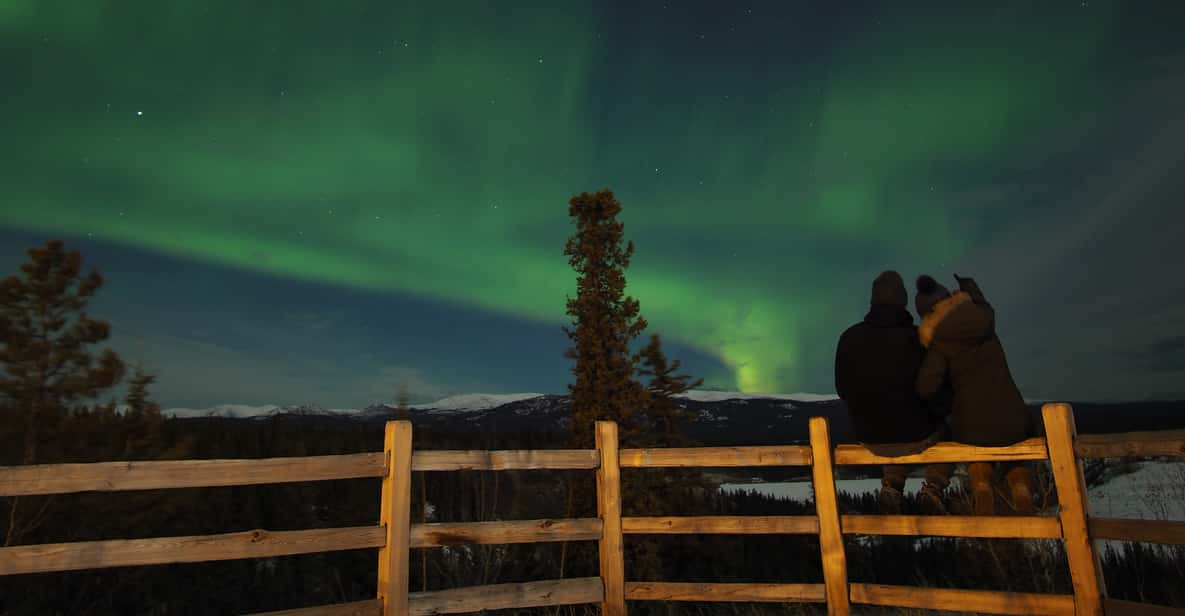Night Hunter's Handbook: A Practical Guide To Nighttime Wildlife Viewing

Table of Contents
Essential Gear for Nighttime Wildlife Viewing
Successfully spotting nocturnal animals hinges on having the right equipment. Investing in quality gear will significantly enhance your nighttime wildlife viewing experience.
Choosing the Right Night Vision Equipment
Night vision technology has advanced significantly, offering various options for different needs and budgets. The core decision lies between night vision binoculars, monoculars, or scopes.
- Binoculars: Provide a wider field of view, ideal for scanning larger areas for wildlife.
- Monoculars: More compact and lighter than binoculars, offering good magnification for detailed observations of individual animals.
- Scopes: Best for long-range viewing, offering exceptional magnification but a narrower field of view.
Beyond the type, understanding night vision generations is crucial:
- Generation 1 (Gen 1): The oldest technology, offering limited range and image quality.
- Generation 2 (Gen 2): Improved image intensifiers result in better low-light performance.
- Generation 3 (Gen 3): The most advanced technology, boasting superior sensitivity and image clarity, ideal for spotting distant nocturnal animals.
When selecting your night vision device, consider:
- Magnification: Higher magnification allows for closer observation of distant animals but reduces the field of view.
- Field of View: A wider field of view makes it easier to scan a larger area for wildlife.
- Battery Life: Ensure your device has a long enough battery life for your planned observation time. Investing in quality generation 3 night vision binoculars will significantly improve your ability to spot distant nocturnal animals.
Other Crucial Equipment
Night vision is only part of the equation. Several other pieces of equipment are crucial for successful and safe nighttime wildlife viewing:
- Red Light Headlamp: Essential for navigating in the dark without compromising your night vision. Avoid white light, which will ruin your adaptation to the darkness and disturb the animals.
- Quiet Clothing: Choose clothing that is comfortable, quiet, and appropriate for the environment. Avoid rustling materials that might scare away animals.
- Sturdy Tripod: A must for cameras or spotting scopes to ensure stable images and prevent blurry pictures.
- First-Aid Kit and Emergency Supplies: Always be prepared for unexpected situations, especially when venturing into remote areas.
- Warm Clothing: Nighttime temperatures can drop significantly, so dressing warmly is crucial for comfort and safety. A reliable red light headlamp is essential; avoid using white light, as it will ruin your night vision and disturb the animals.
Locating and Identifying Nocturnal Animals
Understanding animal behavior and choosing the right location are key to successful nighttime wildlife viewing.
Understanding Animal Behavior
Nocturnal animals exhibit unique activity patterns. Researching the specific animals you hope to observe will significantly improve your chances of spotting them.
- Activity Patterns: Consider the animal's typical feeding, breeding, and resting times.
- Species-Specific Behavior: Some animals are more active at twilight, while others prefer the deeper hours of darkness. For example, owls are typically most active during twilight hours, while many rodents become more active later in the night.
- Seasonal Variations: Animal activity can vary depending on the season and the availability of food.
Choosing the Right Location
Selecting a safe and appropriate location is paramount.
- Habitat Selection: Focus on areas known for nocturnal animal activity, such as forests, wetlands, grasslands, or near water sources.
- Accessibility and Safety: Choose locations that are safely accessible and pose minimal risk.
- Legal Considerations: Always check local regulations and obtain necessary permits before entering any protected areas. National parks often offer excellent opportunities for nighttime wildlife viewing, but always check park regulations and guidelines beforehand.
Ethical Considerations for Nighttime Wildlife Viewing
Responsible and ethical nighttime wildlife viewing is crucial for preserving the well-being of the animals and their habitat.
Minimizing Disturbance to Wildlife
Avoid actions that might disrupt the animals' natural behavior.
- Maintain Distance: Observe animals from a safe distance, using binoculars or spotting scopes to avoid getting too close.
- Minimize Light and Sound: Keep light use to a minimum and avoid making loud noises. Never approach or touch wildlife, and avoid using flash photography, which can startle animals.
- Leave No Trace: Pack out everything you pack in and avoid disturbing the natural environment.
Safety Precautions
Nighttime excursions inherently present certain risks. Prioritize safety by taking the following precautions:
- Buddy System: Never go alone. Always have a companion for safety and assistance.
- Inform Someone of Your Plans: Let someone know your planned route, destination, and expected return time.
- Emergency Preparedness: Carry a first-aid kit, a fully charged cell phone (if there is service), a whistle, and a map.
- Weather Awareness: Check the weather forecast before you go and be prepared for changing conditions. Always let someone know your planned route and estimated return time when engaging in nighttime wildlife viewing.
Conclusion
Nighttime wildlife viewing provides an unparalleled opportunity to witness the beauty and wonder of the natural world after dark. By following these guidelines, utilizing appropriate equipment, and respecting the animals, you can have a safe and rewarding experience. Remember to always prioritize ethical considerations and minimize your impact on the environment. So, grab your gear and start planning your next nighttime adventure—the world of nocturnal wildlife awaits! Start planning your next nighttime wildlife viewing experience today!

Featured Posts
-
 Sissal Repraesenterer Danmark Ved Eurovision 2025
May 11, 2025
Sissal Repraesenterer Danmark Ved Eurovision 2025
May 11, 2025 -
 The Vma Simulcast On Cbs A Turning Point For Mtvs Viewership
May 11, 2025
The Vma Simulcast On Cbs A Turning Point For Mtvs Viewership
May 11, 2025 -
 Is City Name Michigan The Best College Town In The Country
May 11, 2025
Is City Name Michigan The Best College Town In The Country
May 11, 2025 -
 Ufc 315 Updated Fight Card Following Jose Aldos Weight Issues
May 11, 2025
Ufc 315 Updated Fight Card Following Jose Aldos Weight Issues
May 11, 2025 -
 Uruguays Offshore Drilling The Search For Black Gold And Its Challenges
May 11, 2025
Uruguays Offshore Drilling The Search For Black Gold And Its Challenges
May 11, 2025
